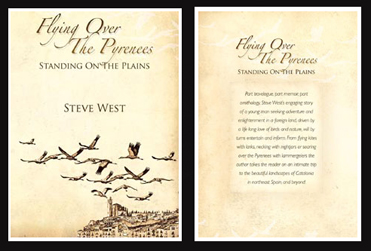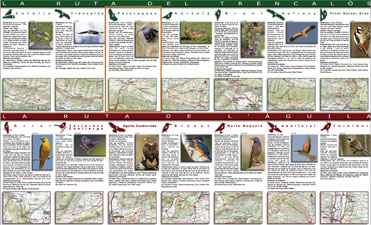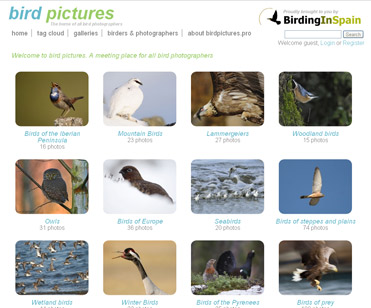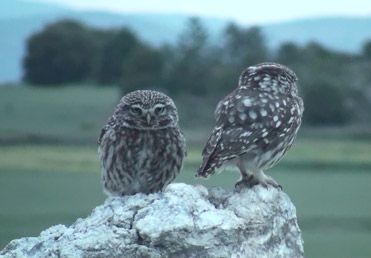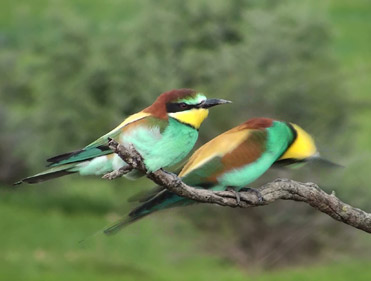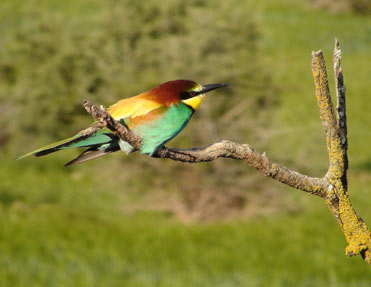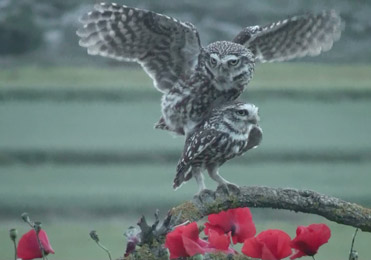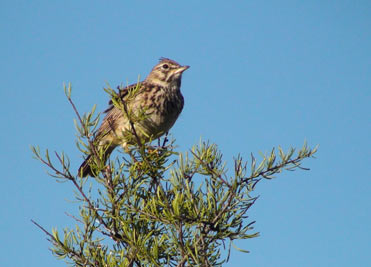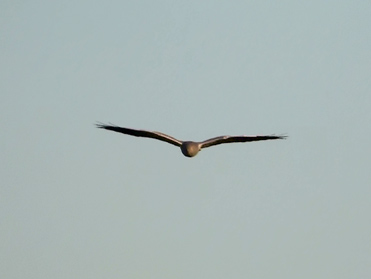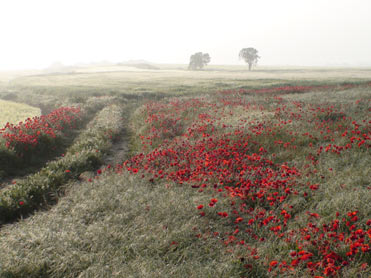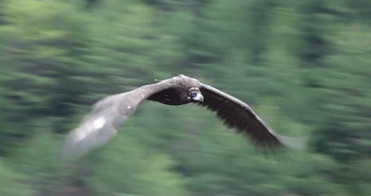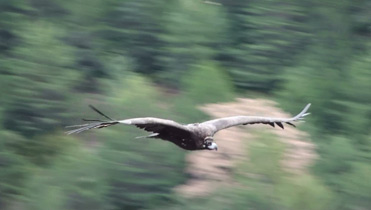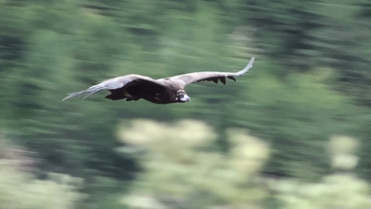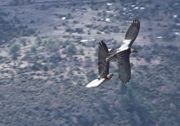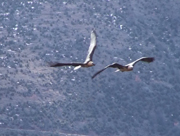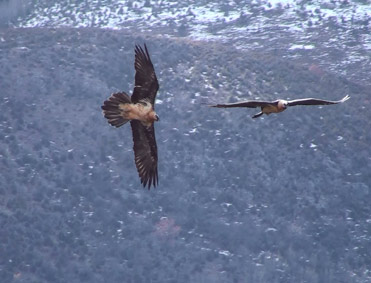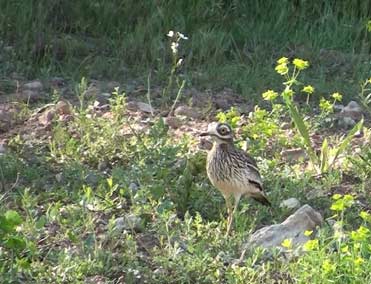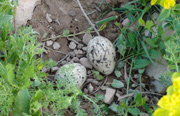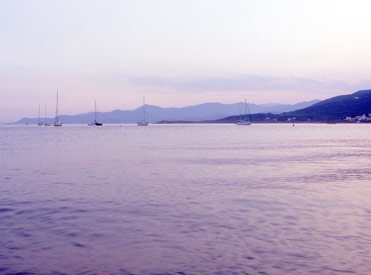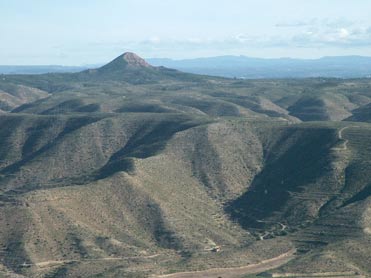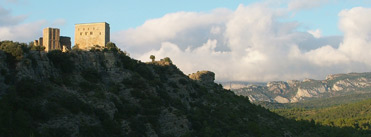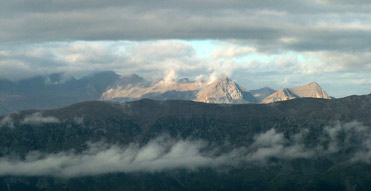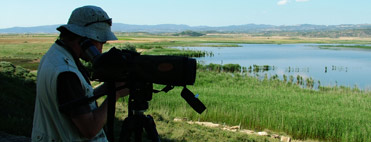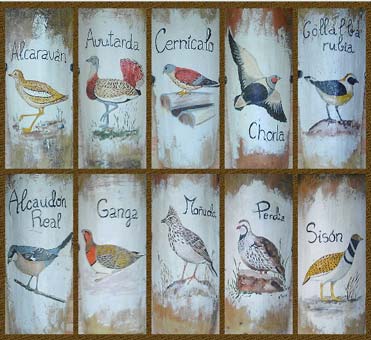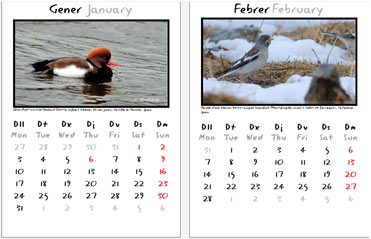The wonderful Wallcreeper
Birding in Spain: the Wallcreeper
It’s December. Imagine you’re walking along the base of a steep rock face somewhere in the Pre-Pyrenees. You detect a movement and look up. There’s a bird, and it’s close enough for you to see its long, slender down-curved bill and its slate-grey and black plumage. A moment later the bird flutters, and on its open, butterfly-like wings you see a dazzling flash of deep crimson.
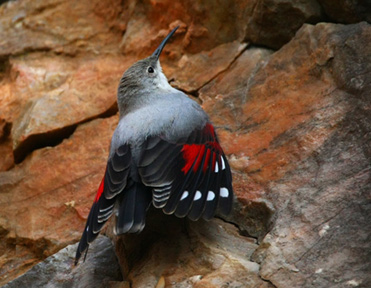
Wallcreeper photo by Cezary Pióro
Rejoice! You are now among the lucky few that have set eyes on one of nature’s jewels: the Wallcreeper. An amazing bird that is at home clinging to vertical rock faces in order to probe into nooks and crannies and pry out spiders and insects with that slender bill. Little wonder then that when foreign birders visit this country this is usually the bird they most want to see, or that even the pragmatic Chinese have baptised it with the graceful name of “rock flower”.
In the breeding season the Wallcreeper inhabits sheer cliff faces in the Pyrenees at altitudes of between 2,000 and 3,000m. That means that between May and September the Wallcreeper is rarely an easy bird to see – first of all one has to reach its secluded, mountain haunts and then one has to strain the neck muscles, and often the patience too, in order to spot it among towering mountains of naked rock. That’s one reason why winter is not all bad: by then Wallcreepers have left their high mountains to occupy more accessible terrain in the pre-Pyrenees, Montsant, el Ports…even cliffs by the sea at Cap de Creus.
One day last winter I made a personal pilgrimage to the sunny rock faces of Montsec and I received my reward. I took home the Wallcreeper’s colours and a little of its wing-flashing warmth, clutching onto the vision as I descended once more into the blanket of fog enshrouding Lleida and the surrounding plains. And I hadn’t even strained my neck muscles.
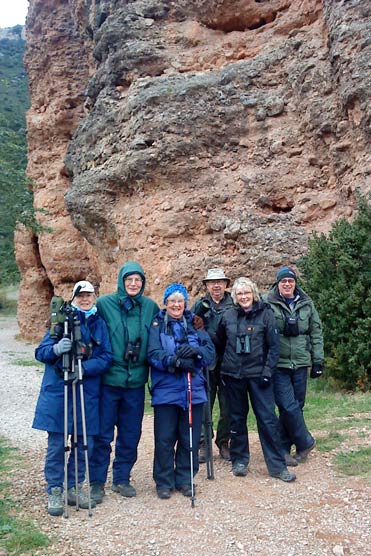
Happy Wallcreeper watchers
There’s more about the Wallcreeper and many more birds in “Flying over the Pyrenees, standing on the plains”
